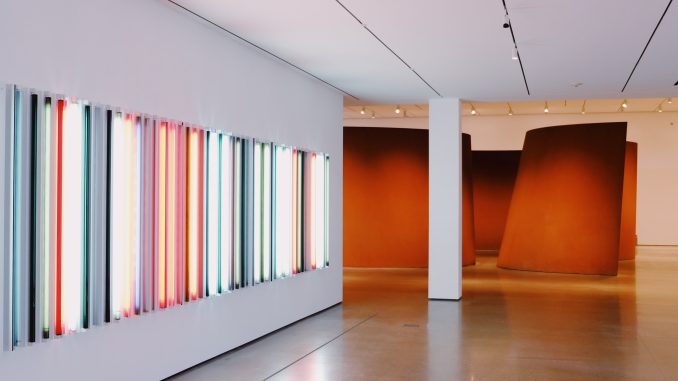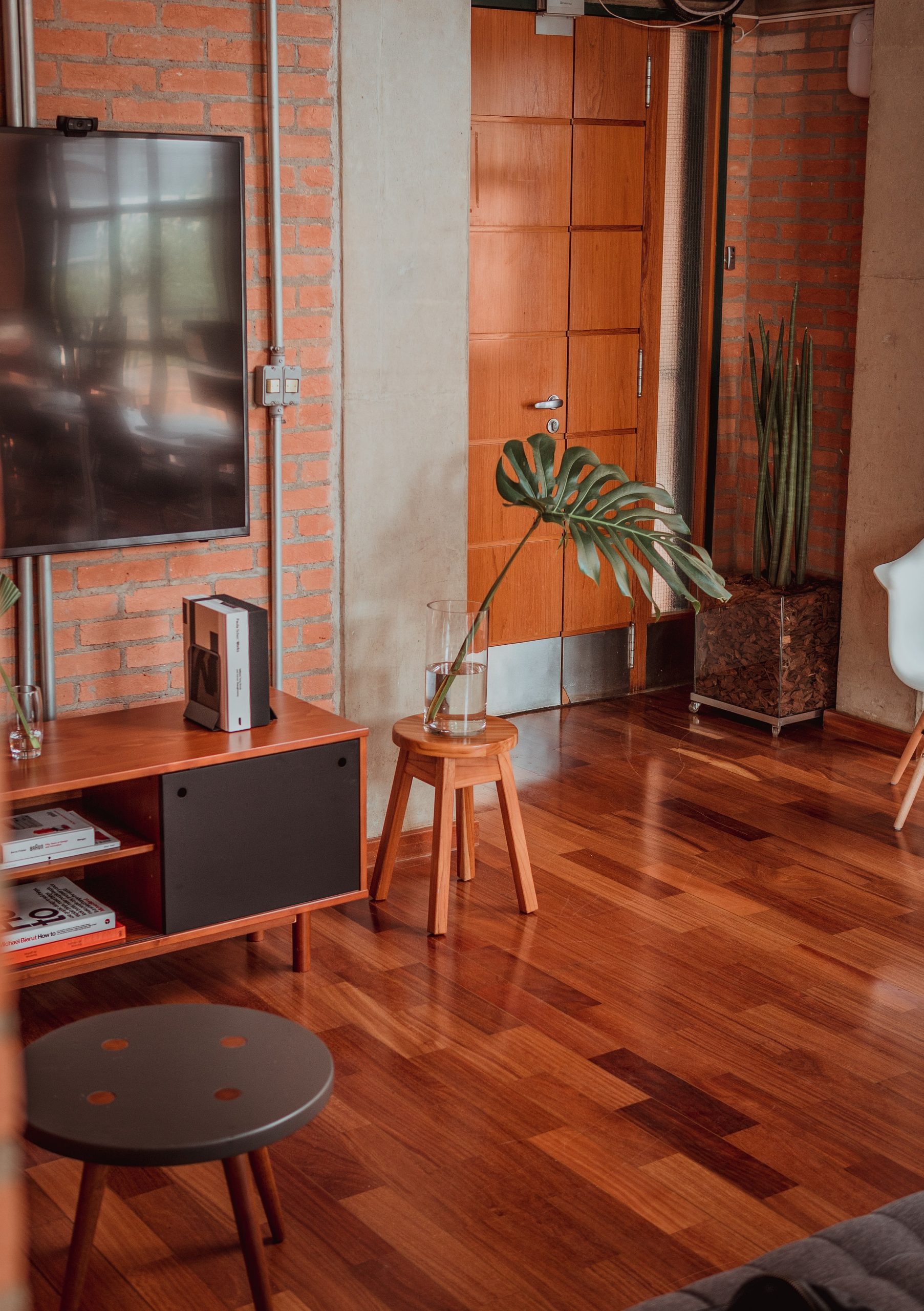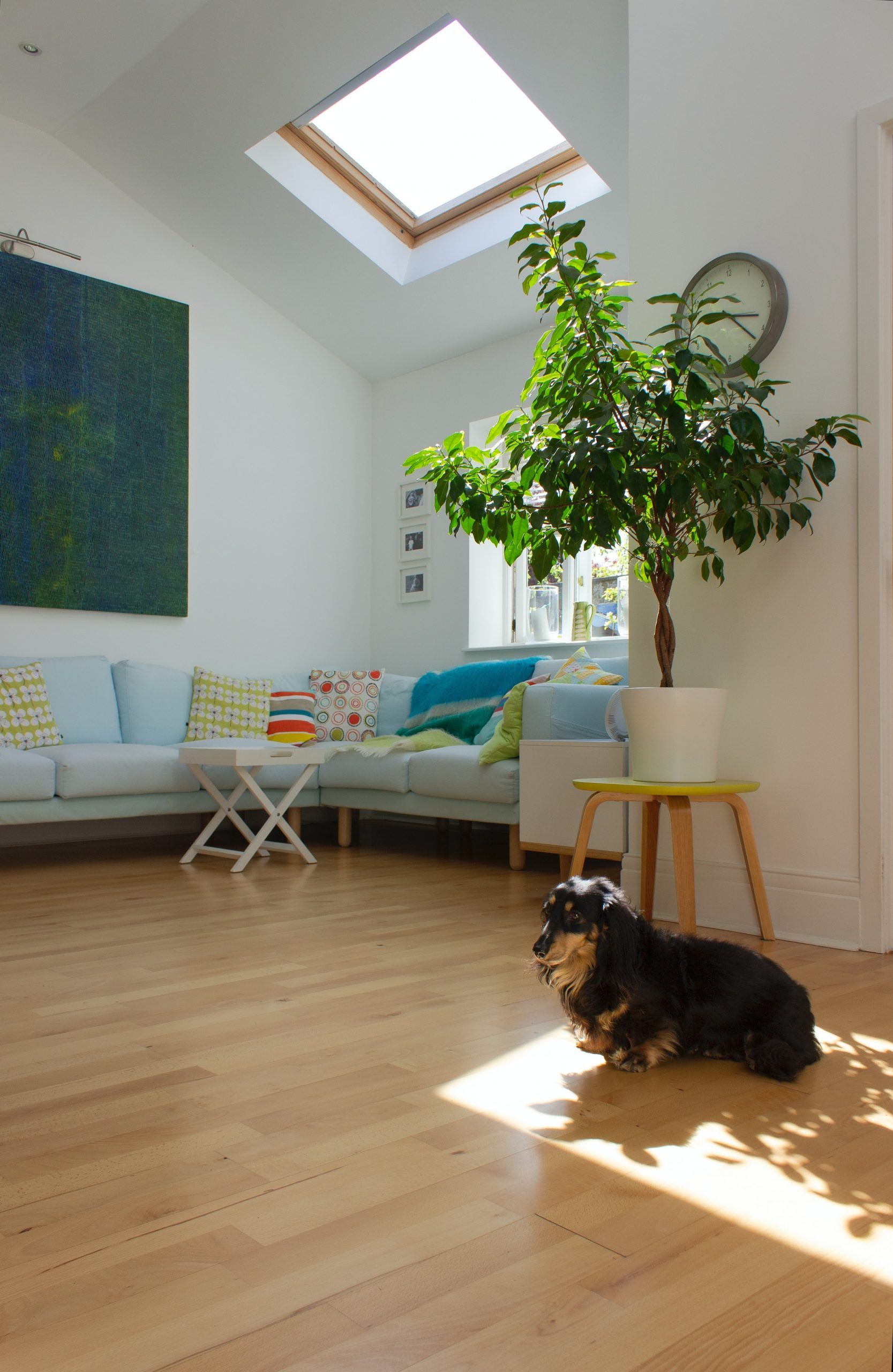
There are several types of screeds used as a support for a floor covering. However, only the category of fluid screeds that includes the anhydrite screed complies with the new standards. Apart from this strategic advantage, the anhydrite screed also has many other assets, making it an excellent support for floor covering.
What is anhydrite screed?

Still called an anhydrite-based screed, it is a fluid screed made of natural anhydrous calcium sulfate. It differs from its cement-based fluid screed counterpart by its extremely low thickness. In order to install this screed, some structures proceed with the manufacturing beforehand.
As soon as the screed is ready, it is transported directly to the site by truck. This screed is suitable for homes, but also buildings such as waiting rooms, gymnasiums, etc. It is not used in humid or moderately humid rooms (bathroom, kitchen, etc.).
What are the advantages of using it?
In recent years, liquid screed has become the material that offers an excellent price/quality ratio. It can be used as a support for many floor coverings while allowing faster and more efficient work.
Ease of use
Liquid screeds have become more popular than traditional screeds, especially because they are easier to install. In fact, they are:
-
- Less painful and faster to apply thanks to self-leveling;
-
- More homogeneous
-
- Easy to cover by gluing the interior finishes
-
- Able to ensure good planimetry for an even distribution of the coating
-
- Able to be poured in one go and one layer without the need for reworking.
In the specific case of calcium sulfate screed, it is suitable for working easily on large surfaces.
High compatibility
Anhydrite screed is generally used for tiling and does not require fractioning joints. However, it is compatible with many types of flooring. It is compatible with parquet, paint, PVC, carpet, resin, etc. It is even compatible with electric radiant floors as well as with underfloor heating.
An important protection
In the case of coverings qualified as high-risk substrates, this screed provides protection against rising dampness. These include, among others.
-
- Floors under crawl spaces without ventilation
-
- Floors on plain ground
-
- The anhydrite screed also makes it possible to completely cover the plumbing pipes and other elements which trail on the ground.
A charming asset
With such homogeneity, the anhydrite screed is a very aesthetic material. It is perfectly suited to renovation work in order to level out uneven surfaces. It makes the floor covering trendy with the absence of joints in some cases. This screed also offers a high-quality, uncluttered finish.
Excellent durability
The anhydrite fluid screed benefits from great longevity while preserving its quality. Whether it is a carpet, PVC, or other covering, the floor maintains its integrity and does not crack. It is also a screed that does not fade and is an excellent thermal conductor. It can also be used for acoustic insulation.
How to apply it to the floor?

It is essential that this screed be installed by a professional. Despite all these advantages, it remains a fragile material that needs to be handled with care. As precautions, the room to be used must be protected from rising dampness. It must also be air and watertight. During all the operations, the ambient temperature must be rigorously in the range of 5 to 30°C.
The anhydrite screed is sensitive to humidity. It sometimes happens that while giving the appearance that it is dry, it still retains a good amount of moisture. Before proceeding with the installation of the flooring, it must be given enough time to dry. This can be a few weeks or even a few months.
Sound off in the comments section below, and tell us what you want to read next and if you want to read more about flooring.

Leave a Reply